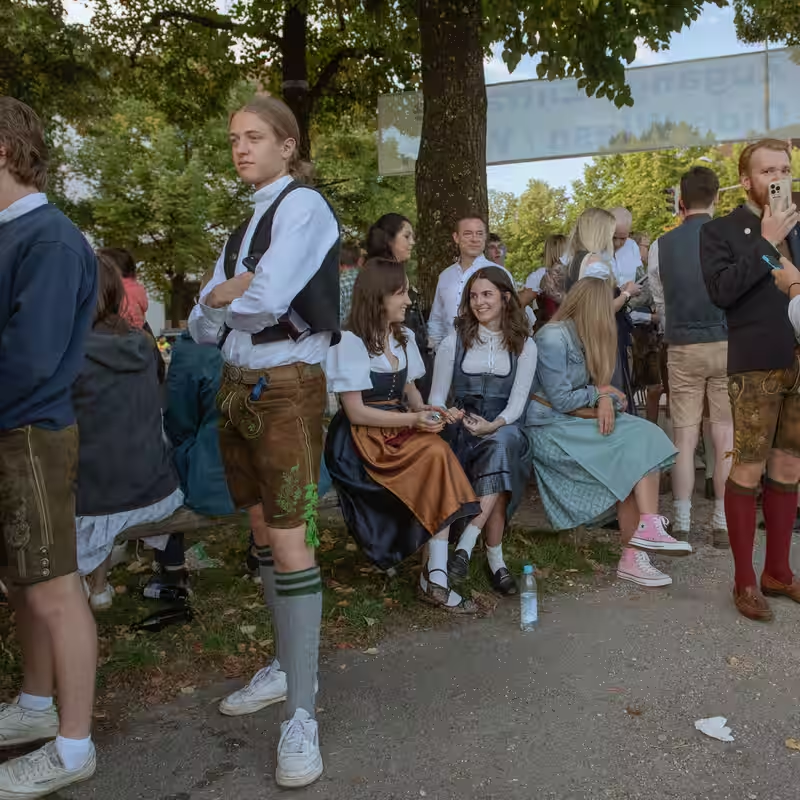Forget everything you thought you knew about lederhosen and dirndls. At this year’s Oktoberfest in Munich, tradition isn’t being tossed out—it’s being remixed, reimagined, and proudly worn by a new generation of revelers with roots stretching from Cameroon to Cairo.
Gone are the days when Bavarian “tracht” (traditional attire) meant only forest-green leather pants and apron-draped dresses in muted earth tones. Today, you’re just as likely to spot Arabic calligraphy stitched onto the back of handmade lederhosen as you are to see a dirndl printed with vibrant African wax fabric—worn with chunky boots and a designer handbag to boot.
Tradition Meets Innovation
At the heart of this shift are artisans like Michael Krippel, a master leatherworker whose custom lederhosen can cost over $2,300 and take 18 months to craft. While he still uses 150-year-old curing and stitching techniques, Krippel welcomes bold requests: motorcycle logos, comedian quotes in Arabic script, even lighter leathers for modern comfort.
“So really crazy things, somehow,” he says with a laugh.
From Cameroon to the Beer Tent
Rahmée Wetterich, who moved to Germany from Cameroon at age 12, fused her heritage with Bavarian style in 2017 when she debuted an African-inspired dirndl at Munich City Hall. “I wasn’t sure if I was going to get shot,” she recalls, smiling. “Will I be hated? Accepted?”
She needn’t have worried. Her design won a prize for innovation in folk culture. Today, she and her sister run Noh Nee, a tailoring shop that helps clients blend cultural identities into wearable art. “They want their tradition, too,” Wetterich explains, “but they want to combine it. That means they suddenly have two hearts in their chest.”
Purists and Progressives Coexist
Not everyone is on board with the remix. Max Lechner, 25, of Lederhosen Lechner—a shop in a former farmhouse—refuses to stitch pink thread into his deer-hide pants, which are cured in fish fat and built to last generations. “A trendy color is cool for a year or two,” he says. “Then what about for the next 100 years?”
Yet even Lechner embraces the spirit of inclusion. He doesn’t care if you pair lederhosen with flannel shirts, soccer jerseys, or go barefoot in his shop—as long as you avoid cheap, mass-produced knockoffs.
More Than a Festival Outfit
This evolution isn’t confined to Oktoberfest. Bavarians now wear tracht year-round—for bird hunting, biergarten hangs, and family gatherings. Tailors like Dieter Ganter at Lorenz Ganter report rising demand for lighter fabrics and brighter colors, especially from migrants and new residents eager to belong.
“People want to be a part of Bavaria,” Ganter says. “They like it. And they like to make it their own.”




